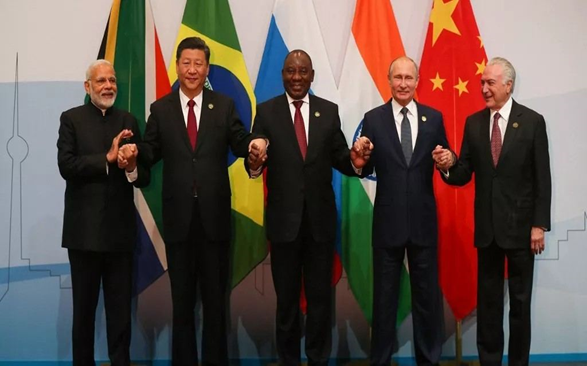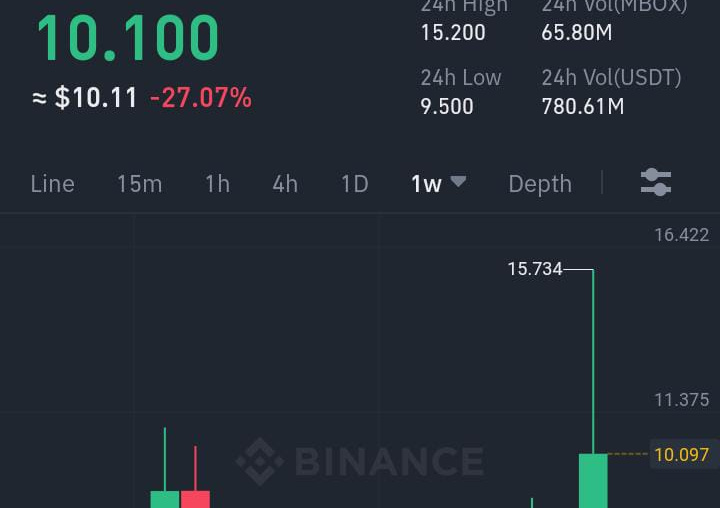By Jude Ayua
While the BRICS continues to explore its alternatives to the United States Dollars (USD), India is considering using cryptocurrency for international trade.
India has already completed its first crude oil transaction with the UAE using local currencies, as this constitutes the BRICS’s alternatives. They used the XRP Ledger System CryptoTradingFund (CTF), a blockchain-based platform, for the transaction, The Crypto Times reported.
The Reserve Bank of India’s Governor, Shaktikanta Das, is a strong proponent of the use of Central Bank Digital Currencies (CBDCs) for enhancing cross-border payment efficiency and interoperability. Das has proposed a plug-and-play system that individual nations can replicate while maintaining their sovereignty. “We can overcome this challenge by developing a plug-and-play system that allows replicability while also maintaining the sovereignty of respective countries,” Das said at a recent conference.
In a related development, Russian lawmakers have passed a bill to allow local businesses to use cryptocurrencies for cross-border transactions, as part of the county’s efforts to circumvent Western sanctions imposed on it after its invasion of Ukraine. China is also developing its CBDC, digital yuan (e-CNY). The project, MBridge, which started in 2019 and has reached its minimum viable product stage, has been predicted to potentially foster the BRICS’s de-dollarization efforts.
The BRICS’s de-dollarization move
The BRICS bloc, which consists of Brazil, Russia, India, China, South Africa, Egypt, Iran, Ethiopia, and the United Arab Emirates (UAE), proposed plans to abandon USD for international trade, after a series of calls by its leading members. The bloc started to consider alternatives to the USD and eventually introduced a blockchain-backed payment system toward actualizing its decision.
This decision led to the development of the alternative payment system, BRICS PAY, in 2018. As stated on the project’s official website, BRICS PAY is “a combination of traditional payment systems and new technologies such as central bank digital currencies (CBDC), decentralized finance, and tokenized assets.” Its principal objectives are decentralization, interoperability, justice, inclusiveness, responsibility, and efficiency.
Read also: Tether (USDT) Stablecoin: Use Cases and Pros and Cons You Should Know
Toward a global adoption of crypto for cross-border settlements
Non-BRICS countries, too, are gradually ditching the USD in cross-border trade. In May 2024, Nigeria and India agreed to trade oil using local currencies. While the BRICS countries are using their local currencies with blockchain-enabled payment systems, Nigeria has not achieved that yet. Even with Nigeria’s CBDC, the eNaira, Nigeria has not—at least as a government—adopted a blockchain-supported payment system.
The BRICS’s use of cryptocurrencies for international trade is proof of the countries’ realization of the potential of cryptocurrencies and other digital assets. A few years ago, India and Russia constituted the least crypto-friendly countries in the world. However, both countries are now turning to cryptocurrencies for international payments. If the initiative of the BRICS eventually becomes successful, it may motivate more countries to adopt it in the coming years.
Read also: Refuge from the Naira: Why Nigerians are Turning to Stablecoins in an Unstable Economy
Discover more from Crypto Asset Buyer
Subscribe to get the latest posts sent to your email.



